I. Introduction
Artificial Intelligence (AI) and Augmented Intelligence (AI) are two of the most significant technological developments of the modern era. AI is a branch of computer science concerned with creating intelligent machines that can work and learn like humans. In contrast, Augmented Intelligence focuses on humans collaborating with smart devices to augment their abilities.
A. Explanation of Artificial Intelligence (AI)
AI refers to the development of machines that can learn from data and make decisions independently, similar to humans. Utilizing algorithms and statistical models to analyze data, recognize patterns, and make predictions. AI can be categorized as supervised learning, unsupervised learning, and reinforcement learning.
IDC predicts that by 2026, worldwide spending on AI systems will reach $300 billion, up from an estimated $37.5 billion in 2019. This demonstrates that AI is becoming a crucial technology in numerous industries.
B. Explanation of Augmented Intelligence (AI)
In contrast, Augmented Intelligence focuses on humans collaborating with intelligent machines to enhance their abilities. It involves utilizing machine learning algorithms and other technologies to analyze data and provide insights to humans, who can then use this information to make more informed decisions.
According to a report by MarketsandMarkets, the global market for augmented intelligence is projected to grow from $4.8 billion in 2020 to $13.4 billion in 2025 at a compound annual growth rate (CAGR) of 22.6% during the forecast period. This indicates that the demand for this technology is increasing in various industries.
II. Augmented intelligence vs Artificial intelligence: Difference
A. Definition of AI
Since the Launch of GPT-4, everyone from the tech world has been looking for the answer to augmented intelligence vs artificial intelligence. AI is all about making intelligent machines that can do things that usually require human intelligence, like learning, solving problems, and making decisions. Utilizing algorithms and statistical models to analyze data and make predictions is involved. This is why tons of businesses are using AI to improve their productivity.
B. Definition of Augmented Intelligence
Augmented Intelligence, on the other hand, is centered on the concept of humans collaborating with intelligent machines to augment their capabilities. If you understand Emotional Artificial intelligence, augmented intelligence will be easy to understand. It involves using machine learning algorithms and other technologies to look at data and give people insights that they can use to make better decisions.
C. The differences between AI and Augmented Intelligence
Artificial intelligence focuses on creating intelligent machines that can work and learn like humans. In contrast, Augmented Intelligence focuses on augmenting human intelligence by providing insights and recommendations based on data analysis.
AI can operate independently, whereas Augmented Intelligence requires human input and decision-making. AI can automate repetitive tasks and make decisions based on data, whereas Augmented Intelligence can provide human decision-makers with insights and recommendations.
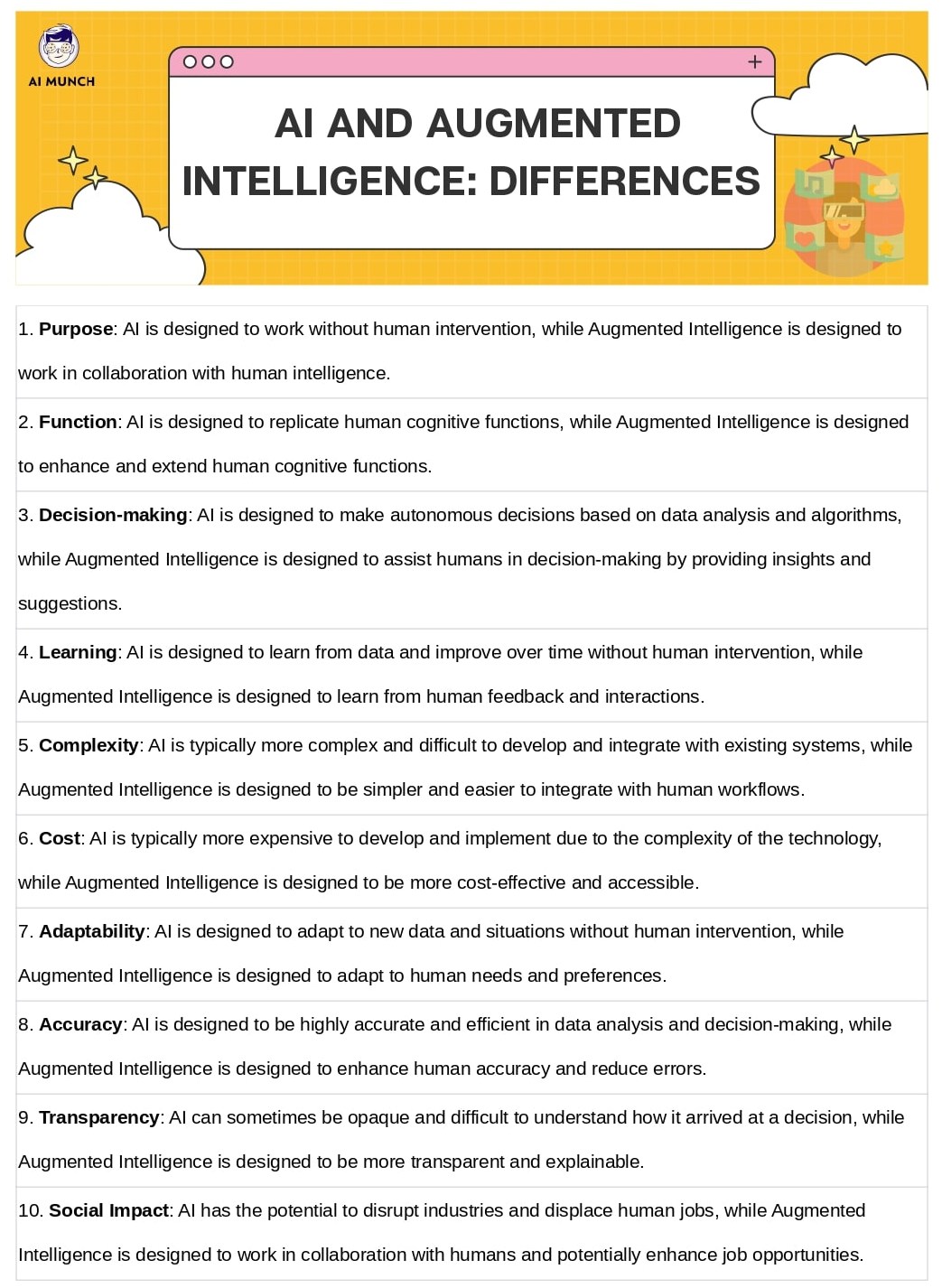
III. Applications of Augmented intelligence and Artificial intelligence
A. Examples of AI applications
AI has numerous applications in the healthcare, finance, and transportation industries. AI can be used to diagnose diseases, forecast stock prices, and optimize transportation routes, among other things. Chatbots are one example.
B. Examples of Augmented Intelligence applications
Augmented intelligence can be used in various industries, including marketing, sales, and customer service. It can, for example, be used to analyze customer data and provide insights to sales teams, or it can be used to provide personalized recommendations to customers based on their preferences. AI marketing tools are one example.
C. Comparison of AI and Augmented Intelligence applications
While some AI and Augmented Intelligence applications overlap, they are typically used for different purposes. AI is typically used to automate tasks and make data-driven decisions. In contrast, Augmented Intelligence provides insights and recommendations to humans, who can make decisions based on that data.
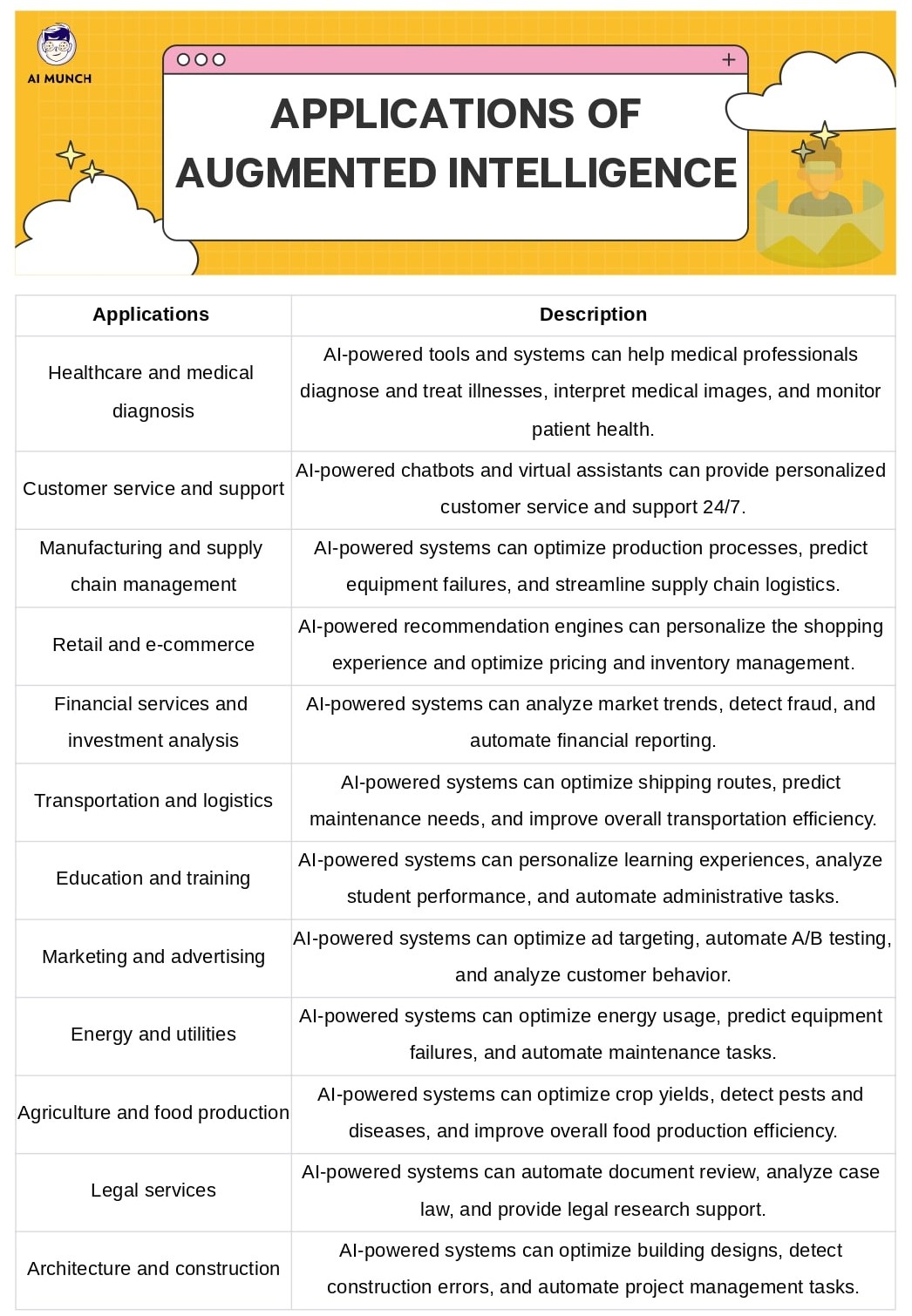
IV. Advantages and Disadvantages of AI and Augmented Intelligence
A. Advantages of AI
There are many benefits of Ai for the human future.
- Efficiency: AI can automate tasks and processes, reducing the time and effort required to perform them.
- Accuracy: AI can process vast amounts of data quickly and accurately, reducing the risk of human error.
- Decision-making: AI can analyze data and make decisions based on that data, providing valuable insights and recommendations.
- Cost-saving: By automating tasks and processes, AI can reduce costs and increase productivity.
B. Disadvantages of AI
However, there is a dark side to artificial intelligence as well.
- Job displacement: AI can replace human workers in certain industries, leading to job displacement.
- Bias: AI algorithms can be biased if they are trained on biased data, which can result in discriminatory outcomes.
- Security concerns: AI systems can be vulnerable to cyber attacks, which can compromise sensitive data.
- Lack of empathy: AI systems lack the ability to empathize with humans, which can be a disadvantage in certain situations.
C. Advantages of Augmented Intelligence
- Enhanced decision-making: Augmented Intelligence can provide valuable insights and recommendations to humans, enhancing their decision-making abilities.
- Collaboration: Augmented intelligence enables humans and machines to work together, enhancing productivity and efficiency.
- Personalization: Augmented Intelligence can provide personalized recommendations to users based on their preferences and behavior.
- Flexibility: Augmented Intelligence can adapt to changing circumstances and provide real-time insights.
D. Disadvantages of Augmented Intelligence
- Dependence: Augmented Intelligence can make humans overly dependent on machines, reducing their ability to make decisions independently.
- Cost: Augmented Intelligence technologies can be expensive to implement and maintain.
- Privacy concerns: Augmented Intelligence can collect and analyze sensitive personal data, raising privacy concerns.
- Lack of creativity: Augmented Intelligence systems lack the creativity and innovation that humans possess.
E. Comparison of the advantages and disadvantages of AI and Augmented Intelligence
While AI and Augmented Intelligence each have their own benefits and drawbacks, they share some similarities. Both technologies can boost efficiency, accuracy, and decision-making abilities. However, AI can cause job loss and bias, whereas Augmented intelligence can make humans overly reliant on machines and raise privacy concerns.
Overall, it is essential to consider both technologies’ pros and cons before using them in any business or application. Ensuring that these technologies are made and used well for people is also crucial.
V. The Future of AI and Augmented Intelligence
A. Potential developments in AI
In the future, AI is likely to employ more complex algorithms and technologies, such as machine learning and deep learning. This could result in AI systems that are smarter and more accurate, as well as the ability to learn and change as they go. Furthermore, AI systems could collaborate more effectively with other technologies, such as robotics and the Internet of Things, to make the world more smoothly and connect.
B. Potential developments in Augmented Intelligence
In the future, augmented intelligence will move toward more personalized and flexible systems that give users more useful insights and suggestions. Augmented intelligence could also work better with other technologies like wearables and augmented reality to make the experience more immersive and interactive.
C. The impact of AI and Augmented Intelligence on society
If many people use AI and augmented intelligence, they will significantly impact society. Even though these technologies could make people more productive and efficient and help them make better decisions, they raise many ethical and social concerns. For example, AI could result in job losses and social and economic inequality. Furthermore, using AI to make decisions may cause people to be concerned about bias and discrimination.
Augmented intelligence has the potential to make people smarter by allowing them to collaborate and develop new ideas. It may also lead to more personalized and adaptable technologies to improve people’s lives. However, society must carefully consider the risks and benefits of these technologies and ensure that they are developed and used ethically and responsibly.
To summarize, AI and augmented intelligence are two rapidly evolving technologies with the potential to transform industries and improve people’s lives. However, it is critical to consider their advantages and disadvantages, approach their development, and use them with caution and an eye toward ethics. By doing so, we can ensure that these technologies are used to their full potential while protecting society’s health.
VI. Conclusion
A. Recap of AI and Augmented Intelligence
This article has discussed the similarities and differences between AI and augmented Intelligence. We have looked into the pros and cons of artificial Intelligence and augmented Intelligence and their likely future evolutions. We have also looked into how AI and augmented intelligence might affect society.
B. Final thoughts on AI and Augmented Intelligence
The augmented intelligence vs Artificial intelligence debate is not going to end soon. These two technologies are advancing rapidly and can potentially revolutionize many sectors and raise standards of living worldwide. Increased efficiency, productivity, and personalization are just a few of their many advantages. However, they have several drawbacks, such as job displacement, bias, and privacy concerns.
Ethical and responsible use is crucial to get the most out of these tools while minimizing potential downsides. When deciding how to develop and use these technologies, society needs to think carefully about the ethical issues and the effects on society as a whole.
C. Final recommendation
It is essential for individuals and businesses to keep abreast of the latest developments and advancements in artificial Intelligence and augmented Intelligence. Consider how these technologies might affect the world at large and use them with caution and responsibility. Google is changing its connected augmented intelligence for the future.
Overall, artificial Intelligence and augmented Intelligence are potent technologies with the potential to revolutionize entire industries and enhance our daily lives. AI is affecting us in many ways. However, they must be used responsibly so that the benefits can outweigh the risks and the future can be improved for everyone.
FAQs
The game Pokémon GO. One of the most outstanding AR experiences, Pokemon GO, took the world by storm in 2016.
IKEA. IKEA uses augmented reality to allow customers to test and visualize products in their homes before purchasing.
Filters for social media.
Augmented reality improves the experience by adding virtual information or even a virtual world to the real-world environment. Consider Pokémon Go, in which users search their real-life neighborhoods for animated characters that appear on their phone or tablet.
AI tries to replace human intelligence by automating human tasks. On the other hand, AU wants to help people make better decisions by giving them tools and information to help them think better.
Augmented intelligence is a design pattern for a human-centered partnership model in which people and artificial intelligence (AI) work together to improve cognitive performance in areas like learning, making decisions, and having new experiences.
Artificial intelligence and augmented intelligence have the same goal but use different methods. Both artificial intelligence and augmented intelligence use machine learning, but artificial intelligence is all about machines, while augmented intelligence keeps the human element.
Do you want to read more? Check out these articles.
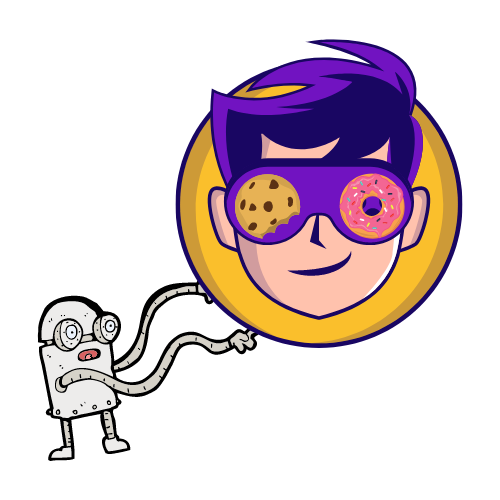


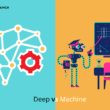
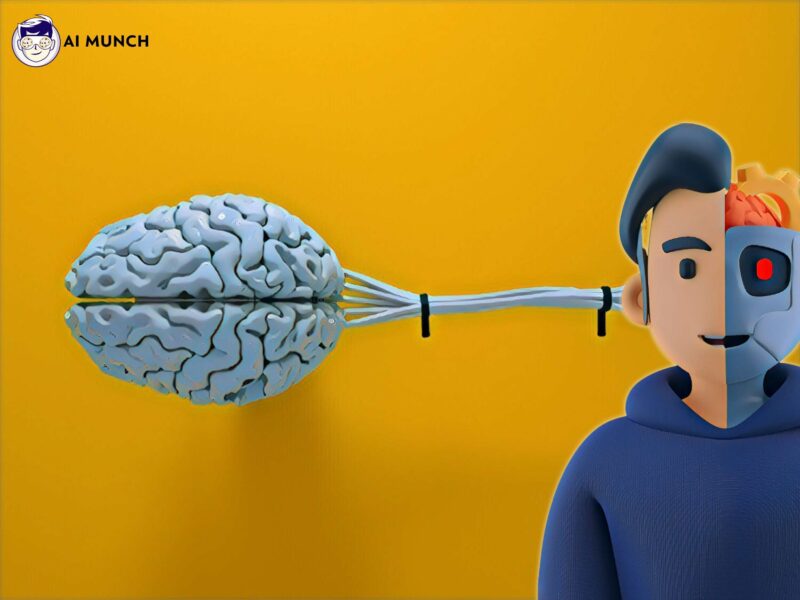

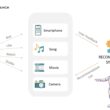
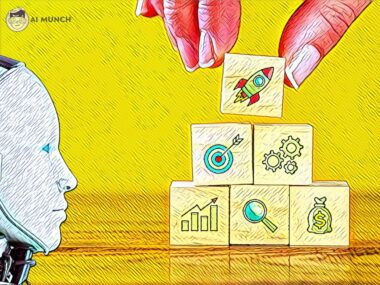
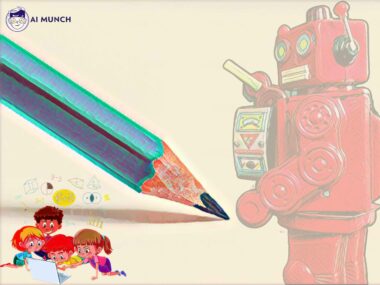
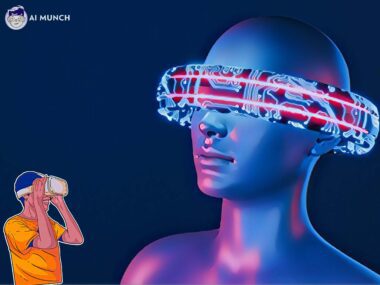

I enjoyed learning that augmented intelligence is a combination of human power and technology to improve the quality of decision-making, whereas artificial intelligence is fully automated and runs on algorithms and data.